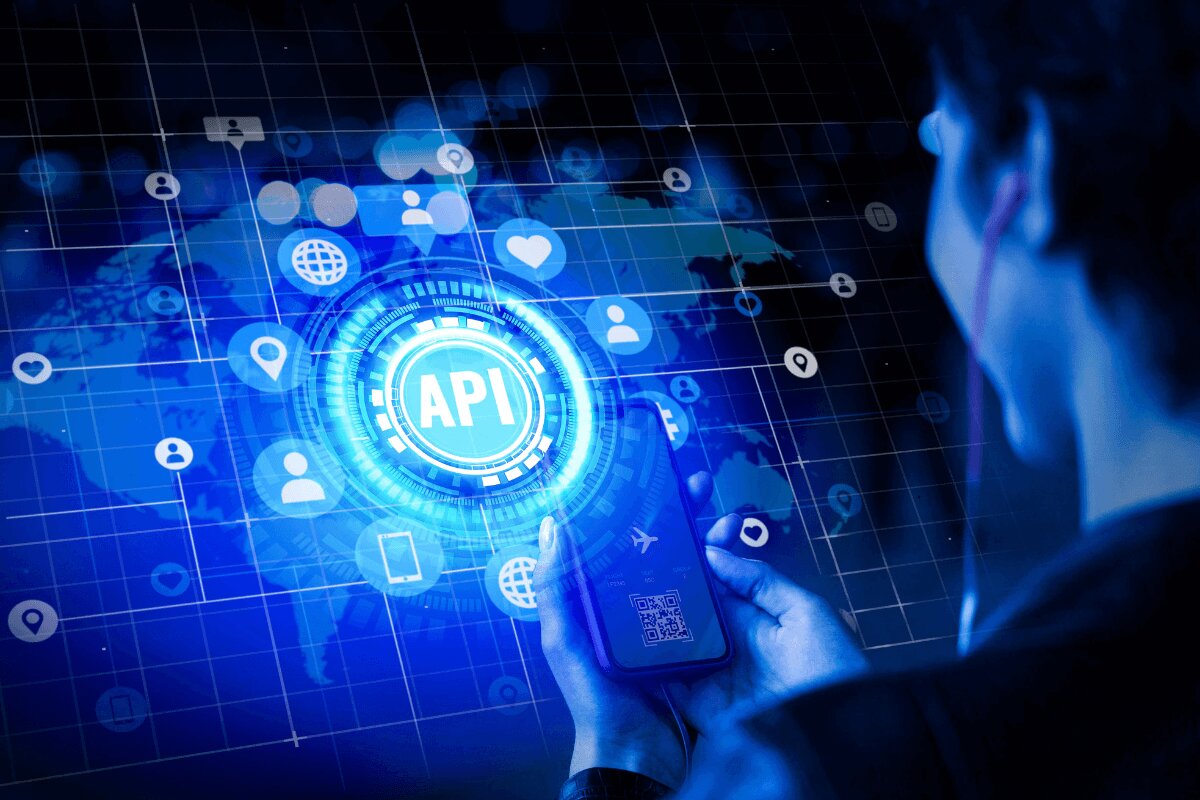Application Program Interface (API) testing is a kind of programming testing that approves the way of behaving and executing an application program interface. It is utilized to guarantee that the API performs as intended and satisfies its requirements. Sending requests to the server, examining the responses, and determining whether or not they are correct are all part of API testing. It likewise includes testing for security weaknesses, execution issues, and other expected bugs. Stakeholders can ensure that their applications are operating as intended by carrying out API testing.
Application Program Interface (API) testing is a type of software testing that checks how an application program interface works and behaves. It is utilized to guarantee that the API performs as intended and satisfies its requirements. Sending requests to the server, examining the responses, and determining whether or not they are correct are all part of API testing. Additionally, it involves testing for potential bugs, performance issues, and security flaws. By performing Programming interface testing, partners can ensure that their applications are working true to form. This is very important for automation testing companies.
To build and test their applications, engineers must set up an API test environment. It is likewise basic for associations to guarantee that their APIs are protected and capable appropriately. Developers can easily set up, configure, and debug their programs in a local environment, which provides confidentiality and anonymity.
Some important features of an API test environment are:
· Configuring a server
· Introducing the APIs
· Establishing test accounts locally
· Arranging the data set
· Establishing a virtual development environment
· Coordinating different administrations
Before putting their apps into production, users can easily test them in a well-organized environment in a variety of scenarios.
Apply End-to-End Tests
End-to-end testing involves imitating client ventures and the Programming interface calls that go with them through your delivery applicant. This helps make sure that every function works and has been tested before going live.
Incorporating Automation Tools
Continue manual testing of the API endpoints. Automation can expedite API testing by ensuring that tests are carried out on a large scale.
Monitor The Performance of Your APIs
Automated observing guides the discovery of relapses and the distinguishing proof of execution bottlenecks. With tools like Elastic APM, you can monitor API performance right down to the request and response levels. You can set up alerts to be triggered in the event of significant performance swings, allowing you to quickly take action.
Influence Post-Deployment Testing
This enables you to comprehend the actual usage of an API and identify any implementation flaws or newly added features. This should be done by hand at first, but as the platform grows, it might be automated. Therefore, this is of immense importance for automation testing companies.
Incorporating Endpoint Coverage Analysis
This lets you test all possible states and scenarios and ensure that your API tests cover the entire endpoint.
Conclusion
Unit testing, integration testing, functional testing, stress testing, and performance testing are some of the most common API testing methods. The best method for your project depends on its requirements. Each of these approaches has distinct advantages, and each ought to be evaluated in light of its particular use case. Therefore, automation testing companies are approached by various companies across the globe. The most comprehensive results will be obtained by combining multiple API testing methods.

Aimee Garcia is a Marketing Consultant and Technical Writer at DailyTechTime. She has 5+ years of experience in Digital Marketing. She has worked with different IT companies.



